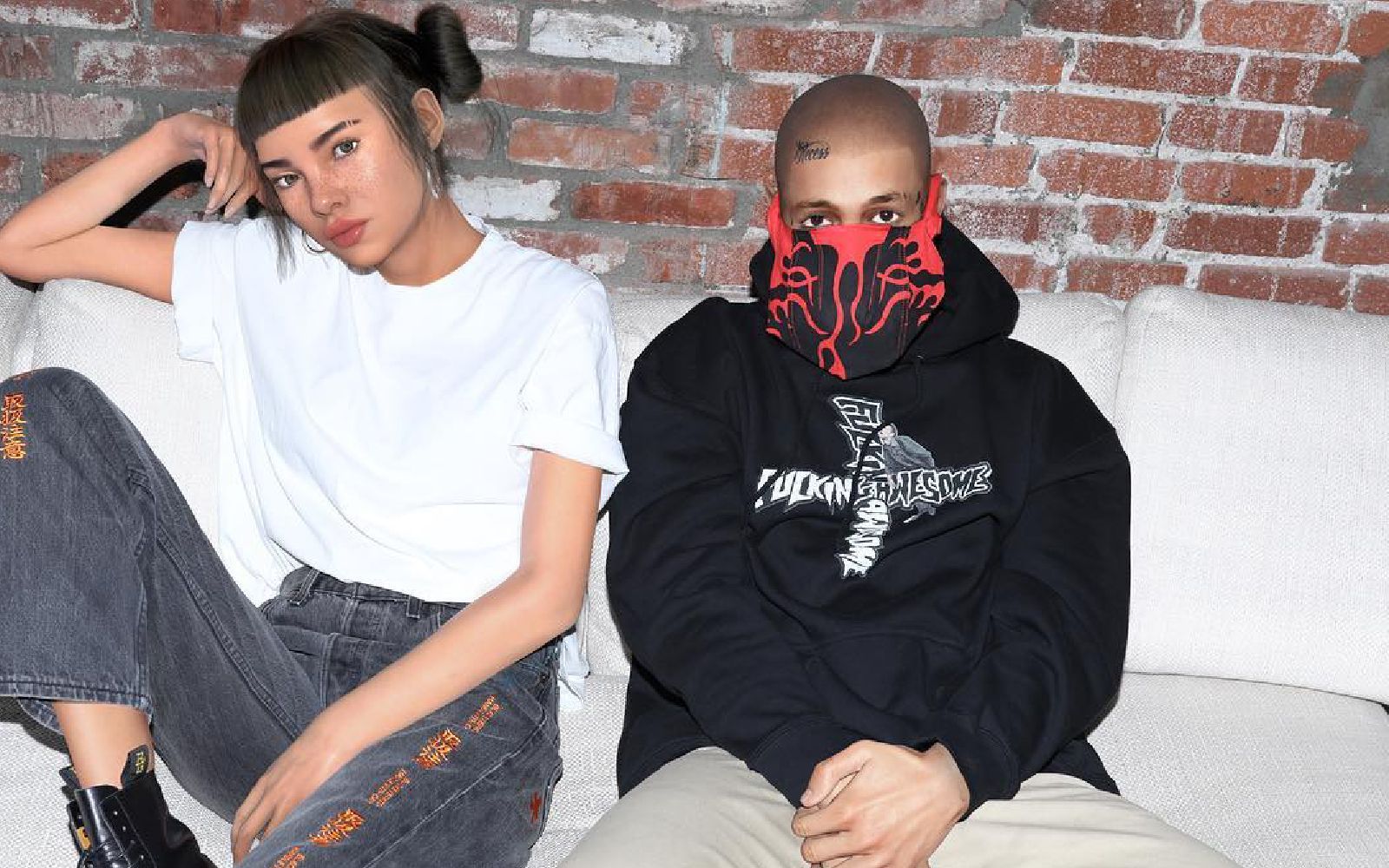Virtual Influencers: The New Face of Advertising Campaigns?
In reality, the industry is turning away from real influencers, gradually shifting its focus to the next era of virtual influencers.

As digitalization rapidly spreads across the fashion industry, its impact on current business strategies used by many fashion brands today becomes apparent. In this digital media-centric era, social media plays a central role as the lifeline for brands in digital marketing and community engagement.
From advertising to product promotion, all aspects of marketing require a digital network, contributing to the effectiveness of influencer marketing strategies, provided the right partner with extensive influence, as many fashion campaigns have demonstrated. However, selecting the right partner may not be as straightforward as one might think because, in reality, the industry is turning away from real influencers, gradually shifting its focus to the next era of virtual influencers.
After years of collaboration with influencers like Dixie D’amelio and Addison Rae, the fashion industry has recently been seeking new talents. Virtual influencers have been around for a decade, but only recently have fashion brands begun to use them more frequently. Today, they are making waves in the fashion industry, surpassing real influencers. More and more brands are starting to favor those with virtual influence due to a clear competitive advantage: they are not real people.
This is because unlike real influencers who embody personality and influence through social media, virtual influencers are entirely digital entities. This means they share the physical appearance and common traits of virtual influencers while providing benefits that can only be achieved from a digital entity that cannot be replicated by humans.
One surprising advantage is the absence of certain characteristics. Virtual influencers lack a physical body, soul, and most importantly, opinions. These are the reasons why they are attractive to brands. The absence of opinions or personal preferences from virtual influencers allows brands to maintain creative control over projects and direct the process, from ideation to execution.
With no limitations on physicality or geography, virtual influencers have endeavored to attract a large following on social media and develop their online presence consistently. According to a survey by the Influencer Marketing Factory conducted in March 2022, 58% of over 1,000 respondents said they followed at least one virtual influencer on social media. This percentage is even higher among the younger demographic.
In fact, according to a study by Statista, 75% of Gen Z respondents said they follow a virtual influencer. With continuous digital development creating many opportunities, the demand for virtual influencers is expected to increase in the future. This, coupled with the current popularity of virtual influencers, indicates that it is only a matter of time before these statistics translate into feasible brand collaborations, and the era of virtual influencers evolves beyond what we have witnessed with traditional influencers.

